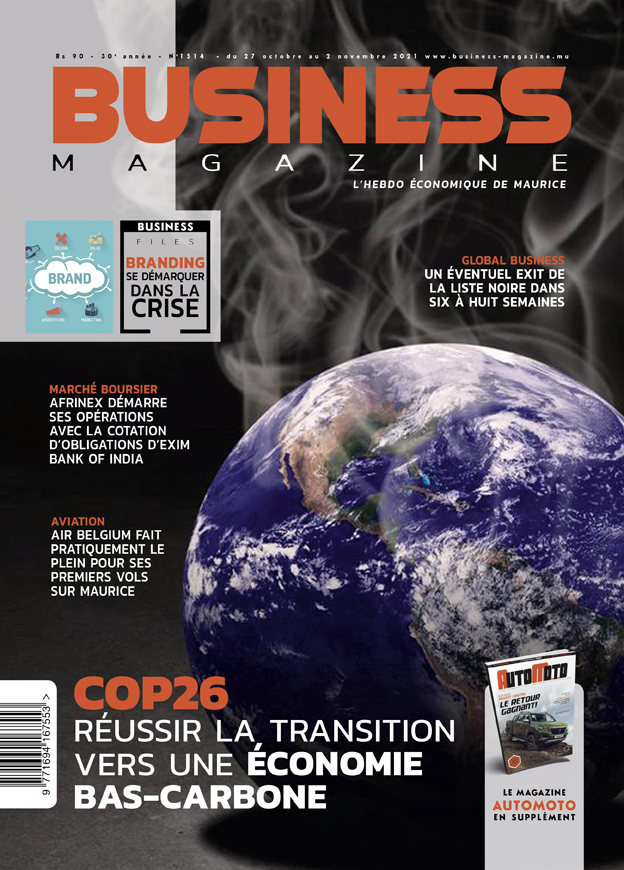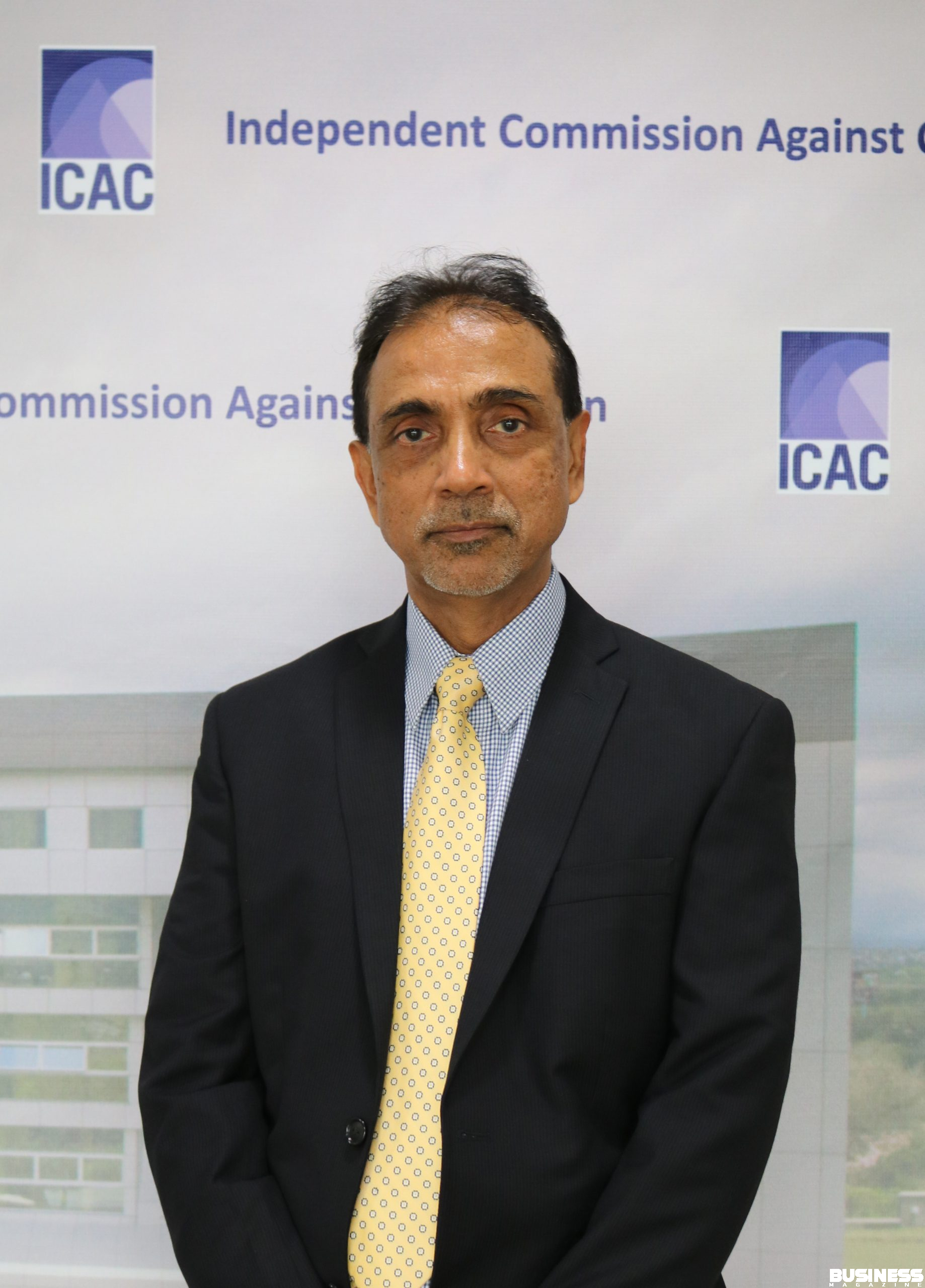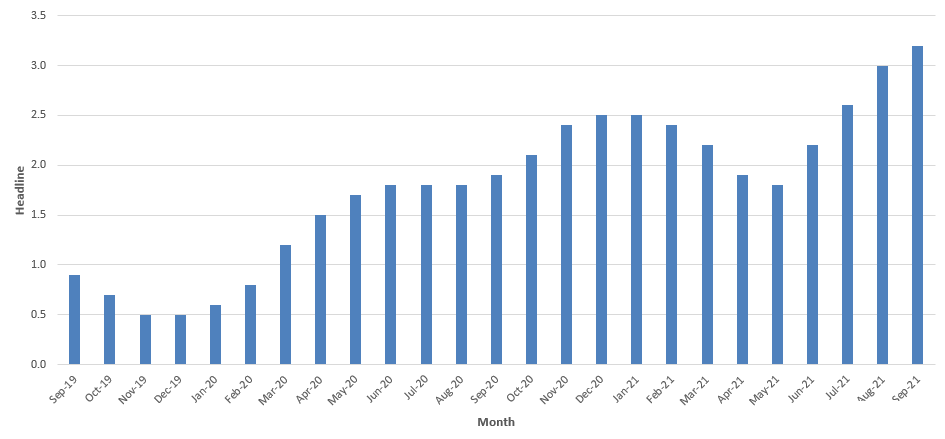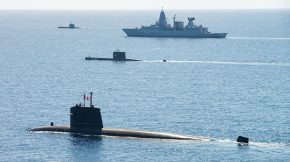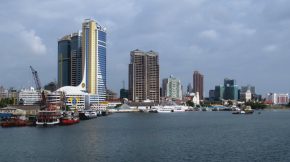Is there an investment case for Rwanda today?
Share
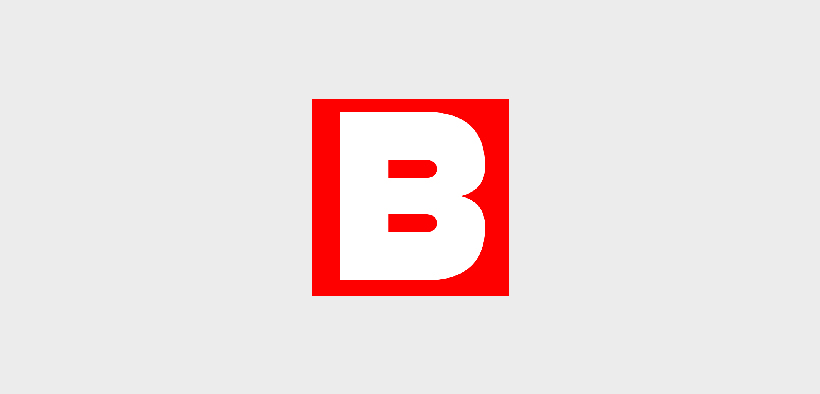
Rwanda in many ways is a tragic reminder of how cruel human beings can be to each other and how much the world can look the other way until it is too late. Rwanda itself is an interesting country to look at. It is a small landlocked and mountainous country with Burundi to the South, Uganda to the North, Tanzania to the East and the Democratic Republic of the Congo to the West. Geopolitically speaking, Rwanda’s main priority in recent years has been to commit itself to the furthering of regional integration and resolving its conflict with Uganda which was involved on the other side in the war in the Congo (DRC). As global growth slows and key countries like China suffer, policy makers in the EAC are increasingly realizing that greater free trade within the community shall lead to greater investment opportunities and growth for domestic companies.
How do you invest in the country? While investing in Rwanda just like in the rest of Africa may be risky, the local stock exchange only provides you with two ways to do so, Heineken owned monopolist brewer Bralirwa and dominant market player Bank of Kigali.

Focusing on the latter, the Bank of Kigali with a tiny market cap of USD 64 million, has 31.6% of the total assets of the industry, accounts for 27% of all loans given in Rwanda and has 28.5% of all customer deposits. With some 56 branches and 39 ATMs across a heavily urbanized country, BK is by far the most dominant player in the industry. Its size also means that it is the only bank in the country that offers international visa cards and internet banking facilities to its clients. The only major competitor of BK is an amalgamation of various credit unions under the UBPR brand but they only offer basic banking services with no inter branch connectivity. In terms of regional competition, most foreign banks such as Kenyan banks for example enter the market to target SMEs and corporates where BoK maintains a strong foothold. Few have so far targeted the retail business where BoK is increasingly becoming aggressive. Perhaps the greatest risk in terms of competition is the planned exit of Actis Capital, a London based private equity fund from its holding of Commercial Bank of Rwanda which has around 10% market share in assets, loans etc. Should a foreign bank purchase the Actis stake, this would be the biggest threat to BoK’s dominance in the country although Rwanda’s limited size and high growth shall make it costly for the competition in initial years. In June of this year, the bank signed a major partnership with MTN in order to use its mobile money platform to leverage on the extensive branch network in order to increase the penetration of BK’s banking services. With 45% of households in Rwanda having access to a mobile phone and with a mere 163,000 retail current accounts, BK has a long way to go in terms of growth as it targets the under banked within the retail space.
Like many banks in smaller African countries, BK has also historically had a moderate asset liability mismatch which it has been correcting with an increase in TBs in the portfolio (bond market still underdeveloped and illiquid however) and 5Bn RWF of loans from international lending institutions. The bank in effect has USD20 M and EUR 5M of credit facilities in maturities of 7-10 years out of which the 5Bn RWF has already been drawn down. The 2011 IPO which allowed the bank to raise some RWF 37.5Bn along with the credit facilities had allowed the bank to raise its CAR (Capital Adequacy Ratio) to 28%, Core Capital to Risk Weighted Assets of 26.5% and improve its balance sheet. Liquid assets to total deposits which used to stand at 47% in 2010 today stand at close to 58%. While non-performing loans are always an issue for fast growing banks in Africa with their large credit exposures, NPLs less provisions have continued to decline and today stand at 5.6% from 14% just two years ago.
Looking at the recently released H1 2012 results, Return on Average Assets improved from 3.5% last year to 4% while Return on Average Equity reached 20%. Like many banks in Africa, the cost of raising funds for the dominant player remained at 2.5% this year with an average yield on the credit portfolio of 16%. We continue to expect the bank to grow its assets including loans by 28% this year and with a loan to deposit ratio of 65.3% (medium term target is 70-75%), net profits are expected to maintain their half year growth rate of more than 54%. With growth in profits expected to remain in the mid-teens from 2013 to at least 2015 (despite the global slowdown and the potential impact on the important tourism industry), the stock which is trading at a forward PER of 6.9x, Price to Book of 1.24x is offering a dividend yield of close to 6.8% which when compared to mid and small sized African banks is certainly not too expensive.
 While we continue to expect larger and more liquid Nigerian and Kenyan banks to attract greater investor attention in the continent, a slowing global economy and the need to diversify one’s investment in the African banking space means that the Bank of Kigali with its improving risk metrics remains a great longer term investment and a good proxy to play Rwandan growth. Like most IPOs in Africa, prices tend to go down as short term money exits but at current levels, the stock has found good support providing the right entry point in this exciting frontier market.
While we continue to expect larger and more liquid Nigerian and Kenyan banks to attract greater investor attention in the continent, a slowing global economy and the need to diversify one’s investment in the African banking space means that the Bank of Kigali with its improving risk metrics remains a great longer term investment and a good proxy to play Rwandan growth. Like most IPOs in Africa, prices tend to go down as short term money exits but at current levels, the stock has found good support providing the right entry point in this exciting frontier market.
DISCLAIMER: This article is provided for discussion purposes and does not constitute, nor should it be construed as, an offer, solicitation, advice or recommendation to buy, sell or hold any securities or to employ any investment strategy discussed herein. Readers should seek professional advice regarding the suitability of any securities or investment strategies referred to herein and should understand that any statements, views, opinions, outlooks or forecasts made herein may not be realised.

